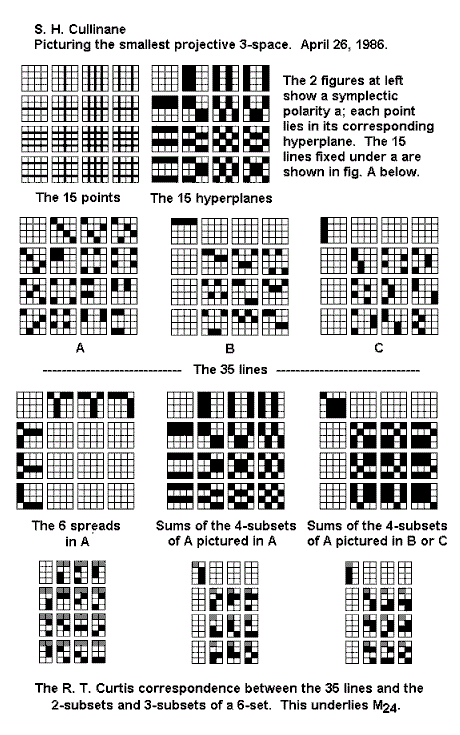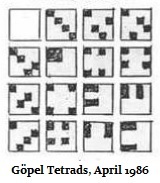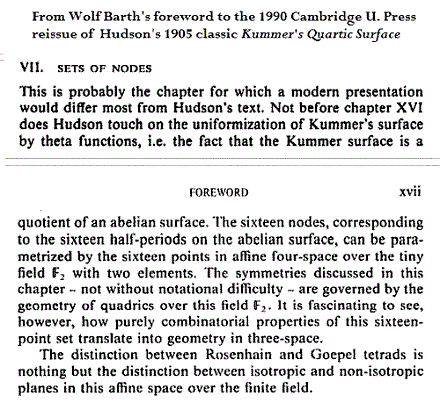For the title, see Icon Parking in a search for 54th in this journal.
For related iconic remarks, click on either image below.
This post was suggested by the Dec. 30, 2016, date of the
death in Nuremberg of mathematician Wolf Barth. The first
image above is from a mathematics-related work by
John von Neumann discussed here on that date.
See also Wolf Barth in this journal for posts that largely
concern not the above Barth, but an artist of the same name.
For posts on the mathematician only, see Barth + Kummer.








